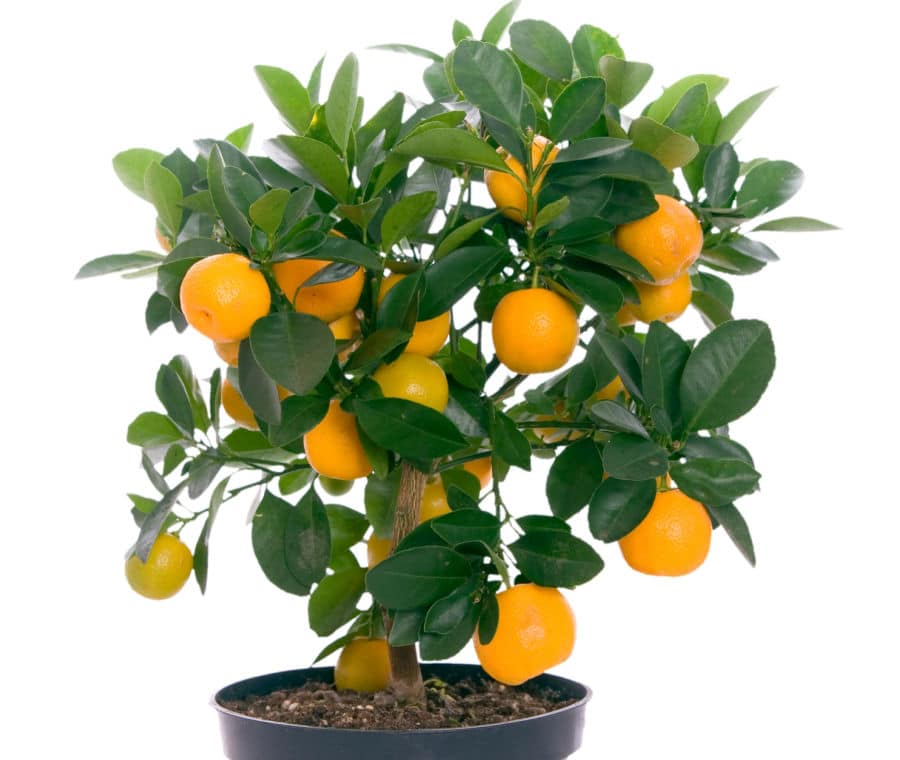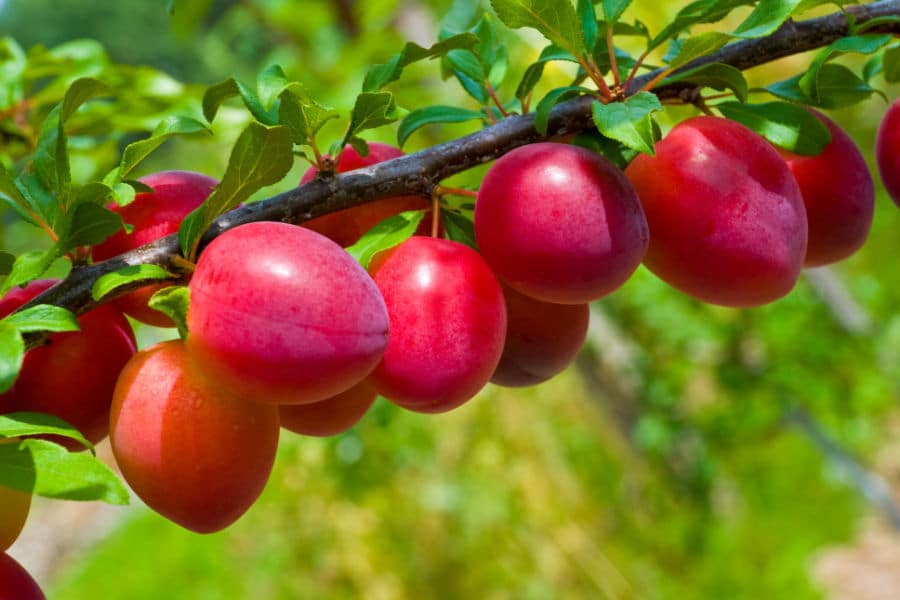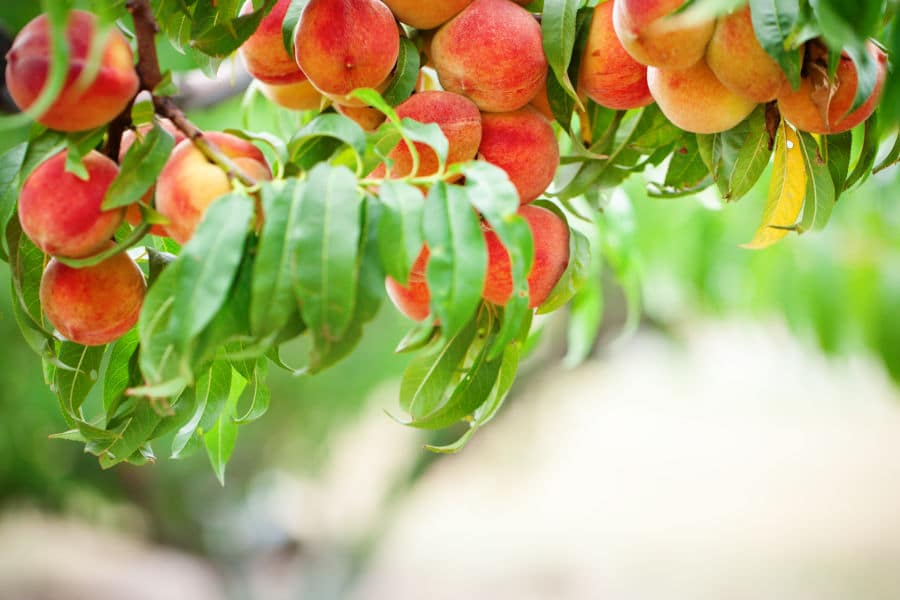
8 Fruit Trees That You Can Have On Your Patio

To have an orchard, you don’t need acres of space but only your patio!
Urban rooftops and porches are often compact, grey, and devoid of colors and life. You can turn your rooftop into a colorful paradise by bringing potted fruit trees in light, especially when they are in full blossom, with bees making rounds of the fruit, and nectar-rich flowers staged all around them.
Even if you have a little space on your porch, balcony, or rooftop, having a fruit tree is never a bad option. Whether that is an apple tree standing in solitary or a healthy fencerow of pears, apricots, plums, and peaches. In addition to colors, fragrances, and fruits, trees help structure your space and make it look livelier than ever!
Choosing a Dwarf Fruit Tree

Fruit trees are great in containers and pots as long as they are dwarf specimens. A local supplier can help you choose the right ones for your garden and needs.
Before you get yourself a dwarf tree, must check with your supplier if it needs a fellow tree for cross-pollination. Common fruit trees such as apricots, cherries, and peaches are self-fertile and wouldn’t bother you with a fellow tree for pollination and fruiting. However, other fruits like apples and pears would need a fellow tree for efficient pollination.
If you are short on space, try going with a family tree that has multiple varieties grafted together on a single rootstock.
Planting and Growing Fruit Trees

Fruit trees in pots require a space of at least 1 foot in diameter and depth. Fruit tree pots don’t necessarily have to be so expensive – galvanized dustbins make excellent fruit tree pots as they have an ideal size and fairly elegant look. On the contrary, you may opt for a heavier option including terracotta pots or wooden barrels. Some other lightweight pot options can be rubber or plastic planters. Be sure to drill holes at the bottom of such containers to ensure efficient drainage.
Your fruit tree shall also require some support as strong wind can distort full leaf trees. As we expect fruit trees to go a long way, planting them in a soil-based potting is best-advised. Such a placement ensures the slow and steady release of nutrients and a healthy crop.
Liquid seaweed and similar high-potash feed once every two weeks from Spring to Mid-Autumn go well with fruit-potted trees. While you water them, also pay some attention to mulching the base soil with shells or shingle so that the moisture is locked in. Pruning requirements for potted fruit trees are unique to every specimen – buying your pot from an authorized supplier can help you get detailed instructions on the type.
Fruit Trees for your Porch:
1. Apple Trees

An apple tree is a must-have orchard tree that can thrive as an espalier, a U or double U-shaped cordon, or when anchored on a dwarf rootstock, it might come off as a bush. An apple tree can be bred into several delectable varieties including Fuji, Gala, Honeycrisp, Pink lady etc. Ideal varieties for jams, pies, and other cooking purposes include Sierra Beauty, Liberty, and Gordon.
2. Pear Trees

A ripe pear is the juiciest fruit to pick off a bush. As pear trees flower early, late frosts can serve detrimental for the crops. Take the safer side by covering the blossomed branches with fleece. Pear trees can be grown as a cordon, U-cordon, espalier, or a dwarf tree.
Bartlett, Moonglow, du Comice, and Doyenne are some well-known dessert varieties among pears.
3. Cherry Trees

Modern-day cherry trees are self-pollinating, and many need a fellow tree to yield those juicy, fleshy, scarlet cherries. As a cherry tree matures, it yields a plentiful crop and a beautiful blossom, and the same attracts a wide variety of insects and birds.
Protective measures like netting can defend the ripened cherries against the birds. You may grow cherries on a dwarfing rootstock or tune them against your fence.
Lapin and Stella are some of the best cherry varieties. If you have a north-facing, shady wall, you may want to have an acidic cherry tree in that nook.
4. Plum Trees

Plum trees are simply the most cooperative of all fruit trees – they would offer an abundant crop for a very little effort from you. They are mostly self-fertile and won’t require a mate tree. Also, you don’t need to prune your plum tree very often except for summers when the risk of fungal infections is high.
However, you must be very conscious of the thinning of developing fruit; or else a plum tree may overproduce plums one year and yield absolutely no crop the next year. You can grow plums as a fan tree or on a dwarfing rootstock. And did we mention ‘Greengages’ plums have an extraordinarily buttery texture followed by a sweet taste?
5. Peach and Apricot Trees

For container peach and apricot trees, be sure to buy a tree with a fine dwarfing rootstock. Within apricots, some fine dwarfing varieties include Pixzee and Pixie-cot, whereas among peaches, Bonanzas are the best-known. All of them can be grown as fan trees or with a little pruning, as free-standing trees.
Both the trees are hardy; however, as they blossom during early spring, the following crop is susceptible to frost damage. Potted trees can be moved inside the house during winters, whereas trees that are trained against walls can be protected using a fleece.
Apricots and peaches are generally self-fertile, but a little pollination never hurts any tree. When cross-pollinated, both the apricot and peach tree yield an excellent crop.
6. Fig Trees

A fan-trained fig tree thriving in a pot is the best thing you can bring home. The hand-shaped broad leaves that grow out all-around a fig tree release a rejuvenating scent, and the juicy fruit that come next soon burst open into sweet, fleshy treats.
Figs are easy to be trained against walls and fences, have confined roots, and are thus, easy to grow. In colder climates, try to protect baby fruit against the chilly weather by wrapping them in a plastic sheet or loose bubble wrap with either end open for air circulation.
Plant figs in a soilless potting mix or in a pot that is at least 18 inches in diameter and has a soil-based mix. Regular watering, a high-potash feed, and a sunny sheltered spot is all fig trees need. Common loved fig varieties include Black Mission, Panache, and Brown Turkey.
7. Calamondin Orange Trees

Are you new to the gardening passion? Calamondin Oranges are perhaps the best for you. These rich standing trees produce super fragrant flowers that grow into fruit soon. Don’t try munching on them raw; they are too sour. However, cook them into tangy marmalades, and you’d love growing them.
Calamondin Oranges are often sliced into cocktails and drinks. Calamondin Orange trees can be overwintered indoors and can be grown in-house all year long.
